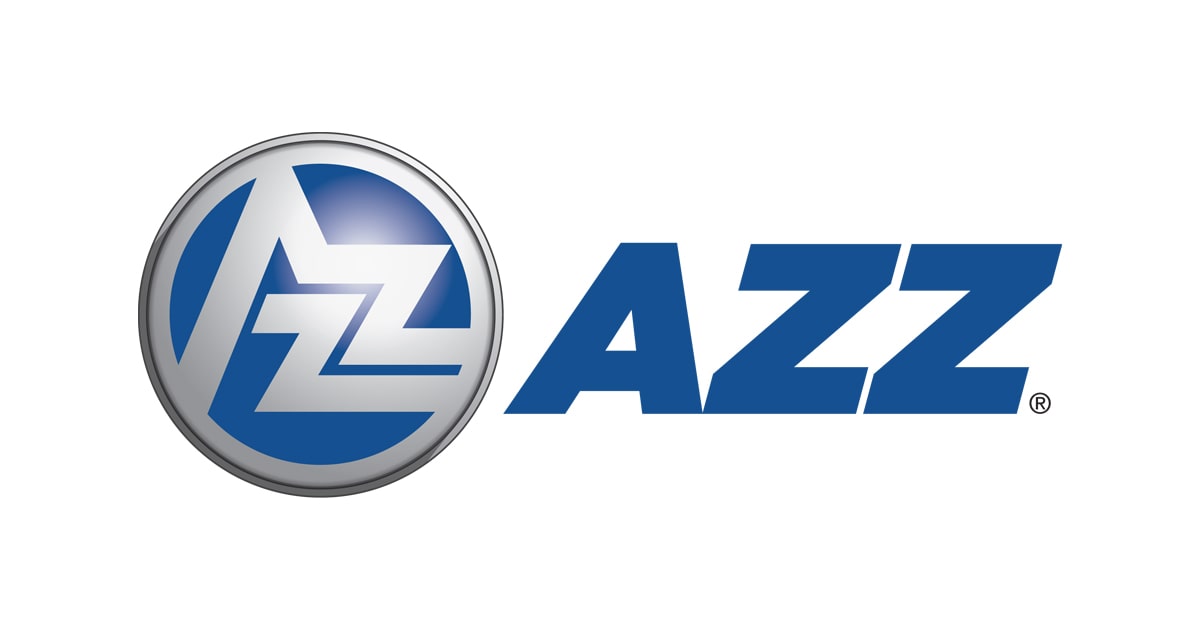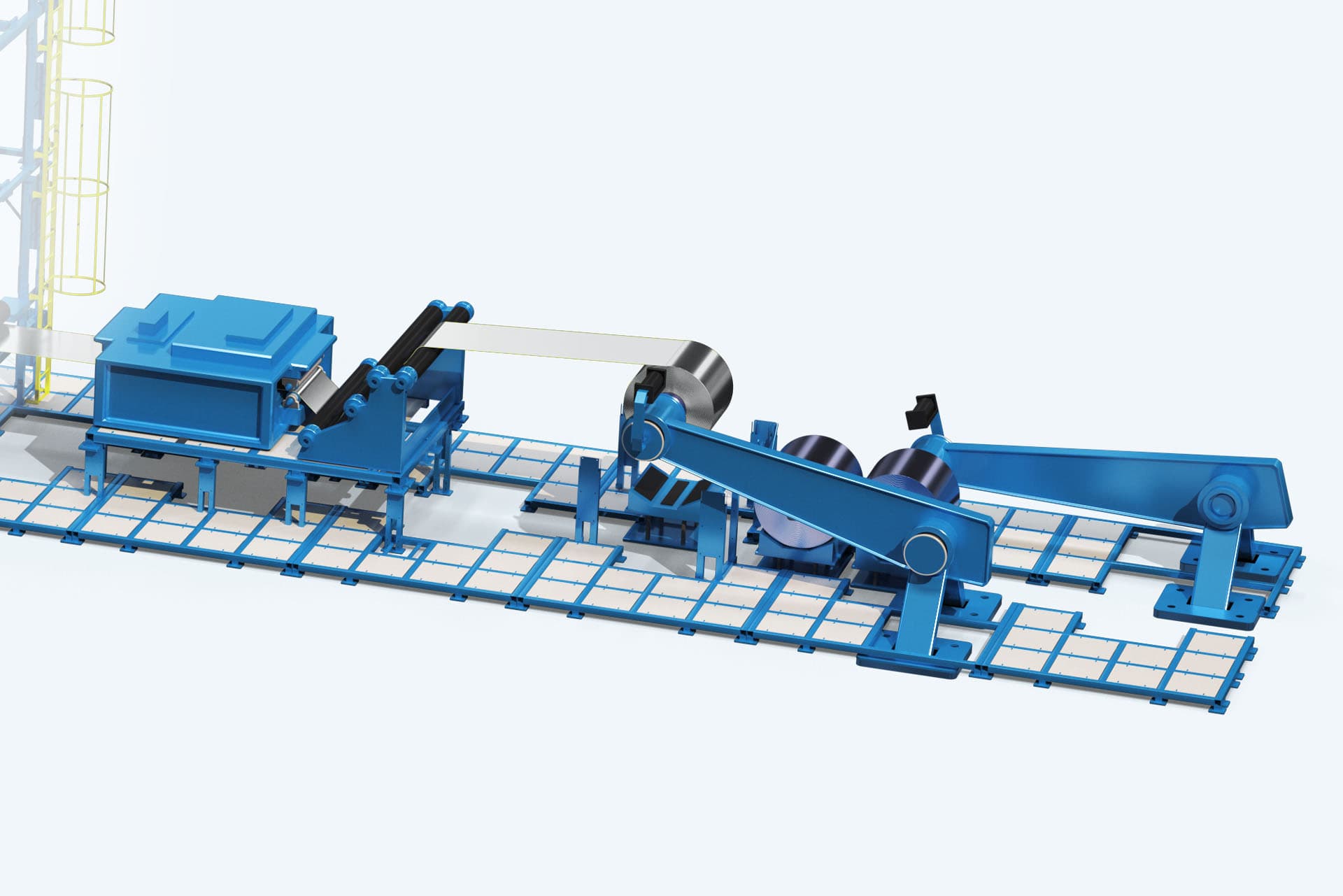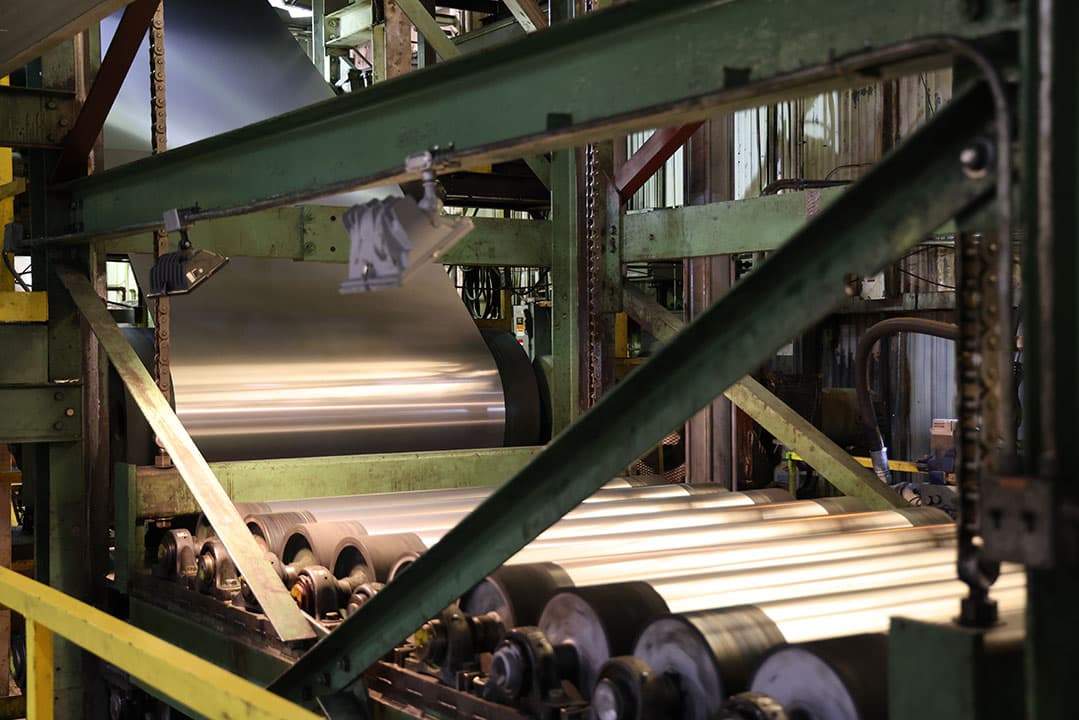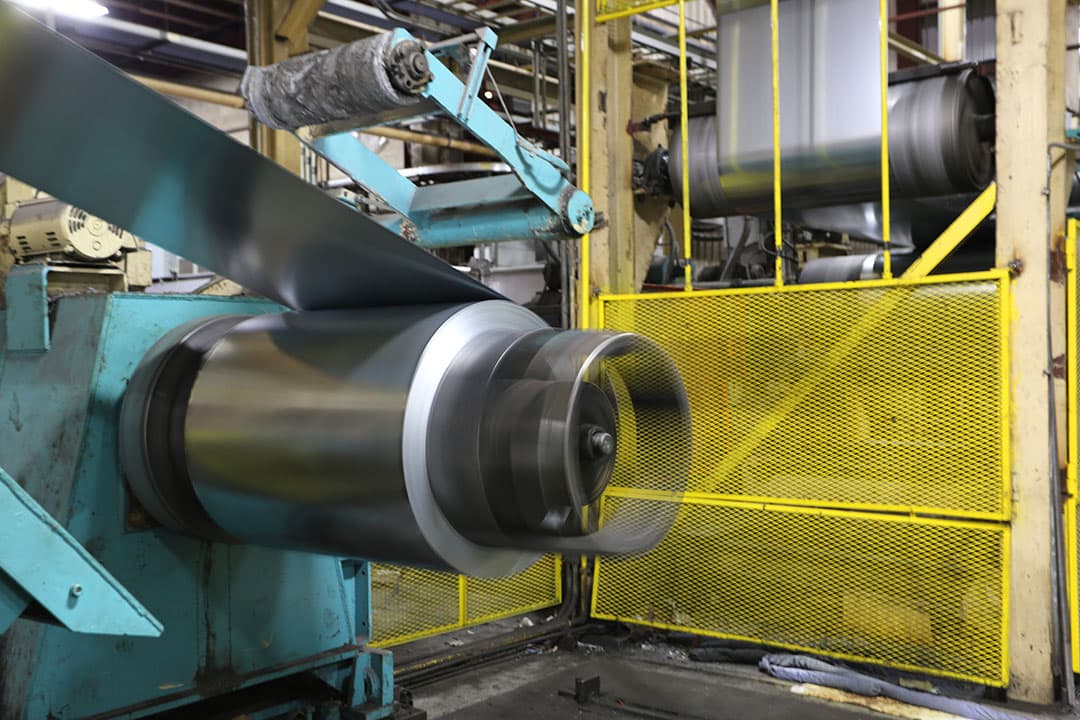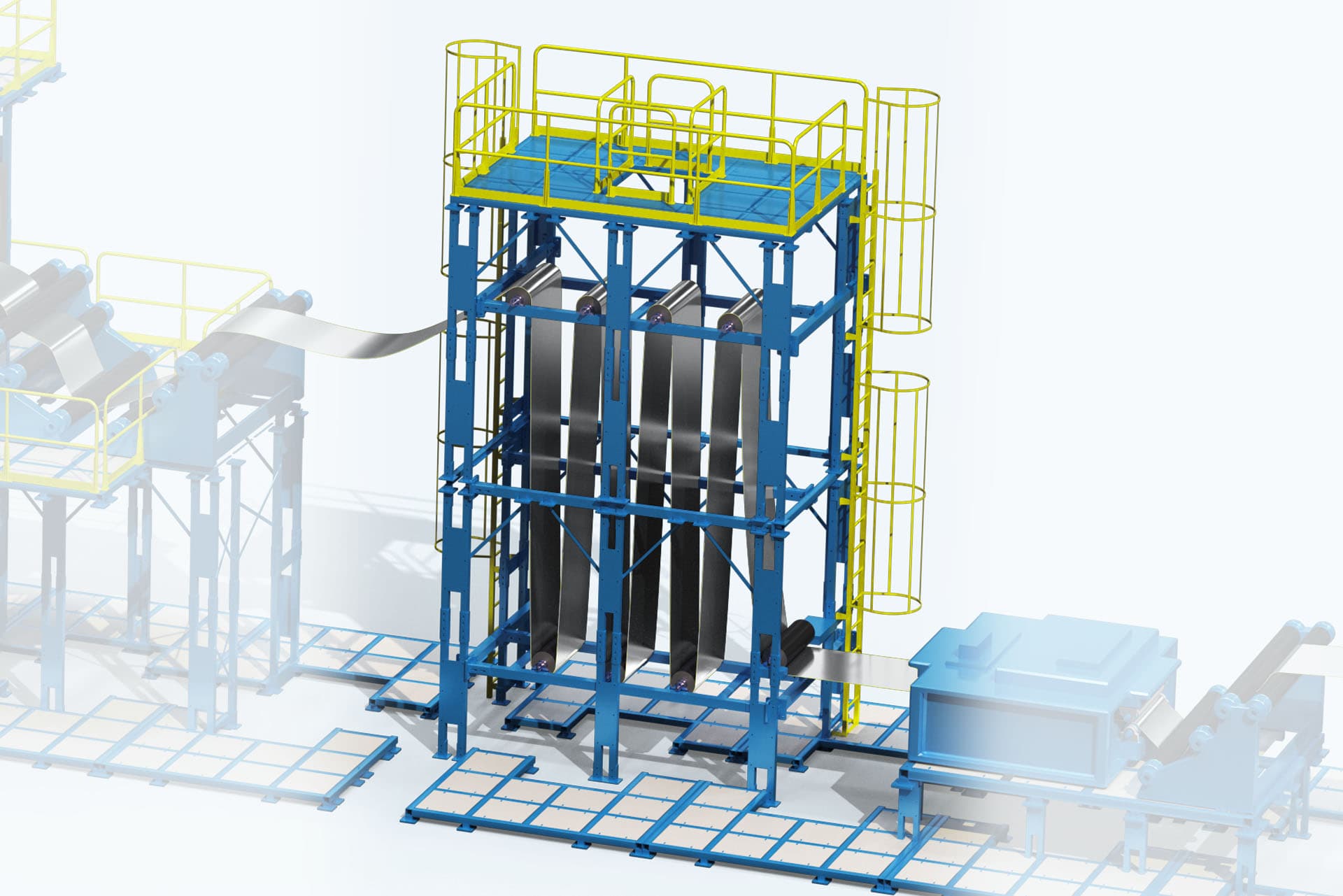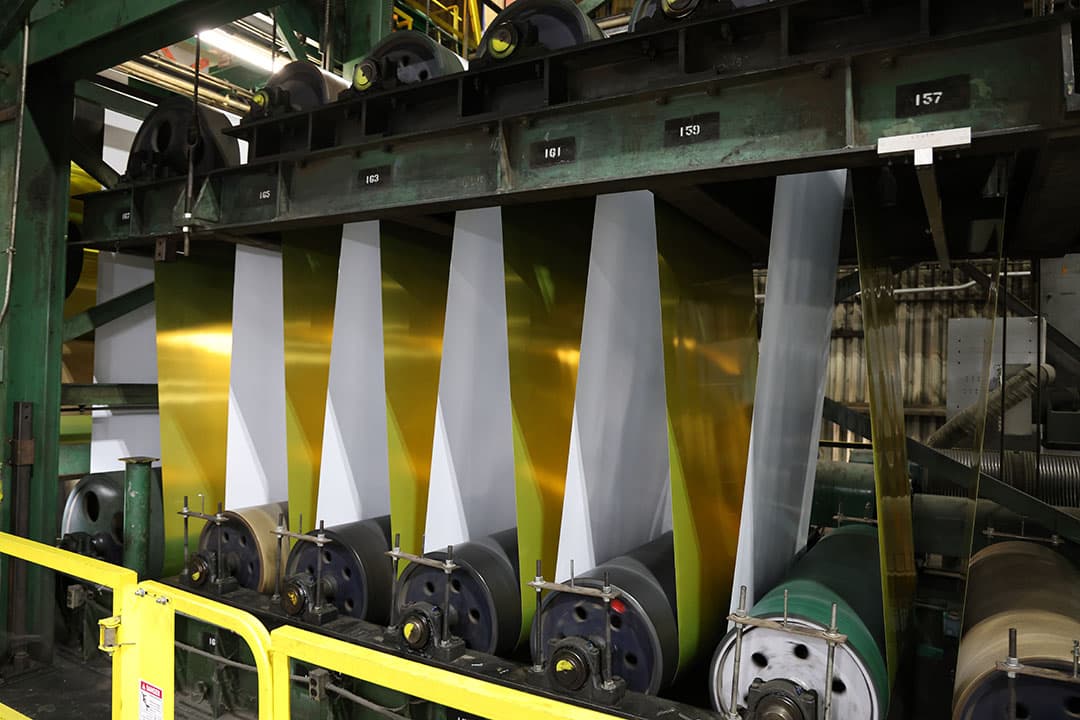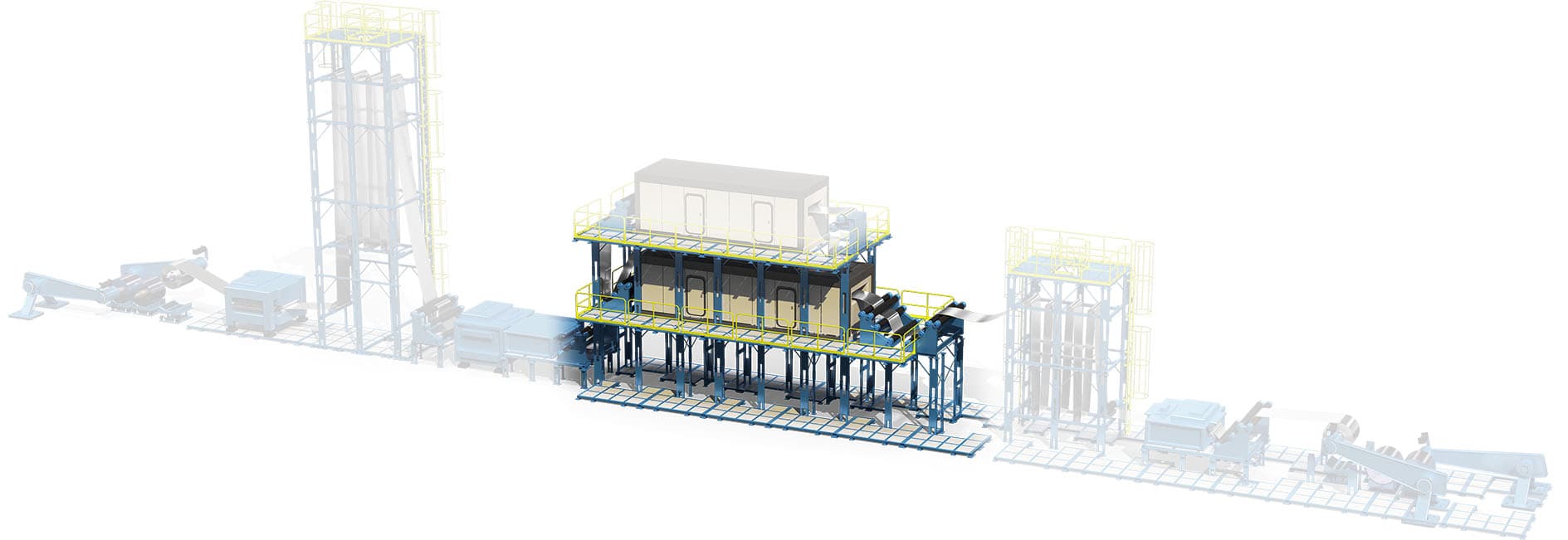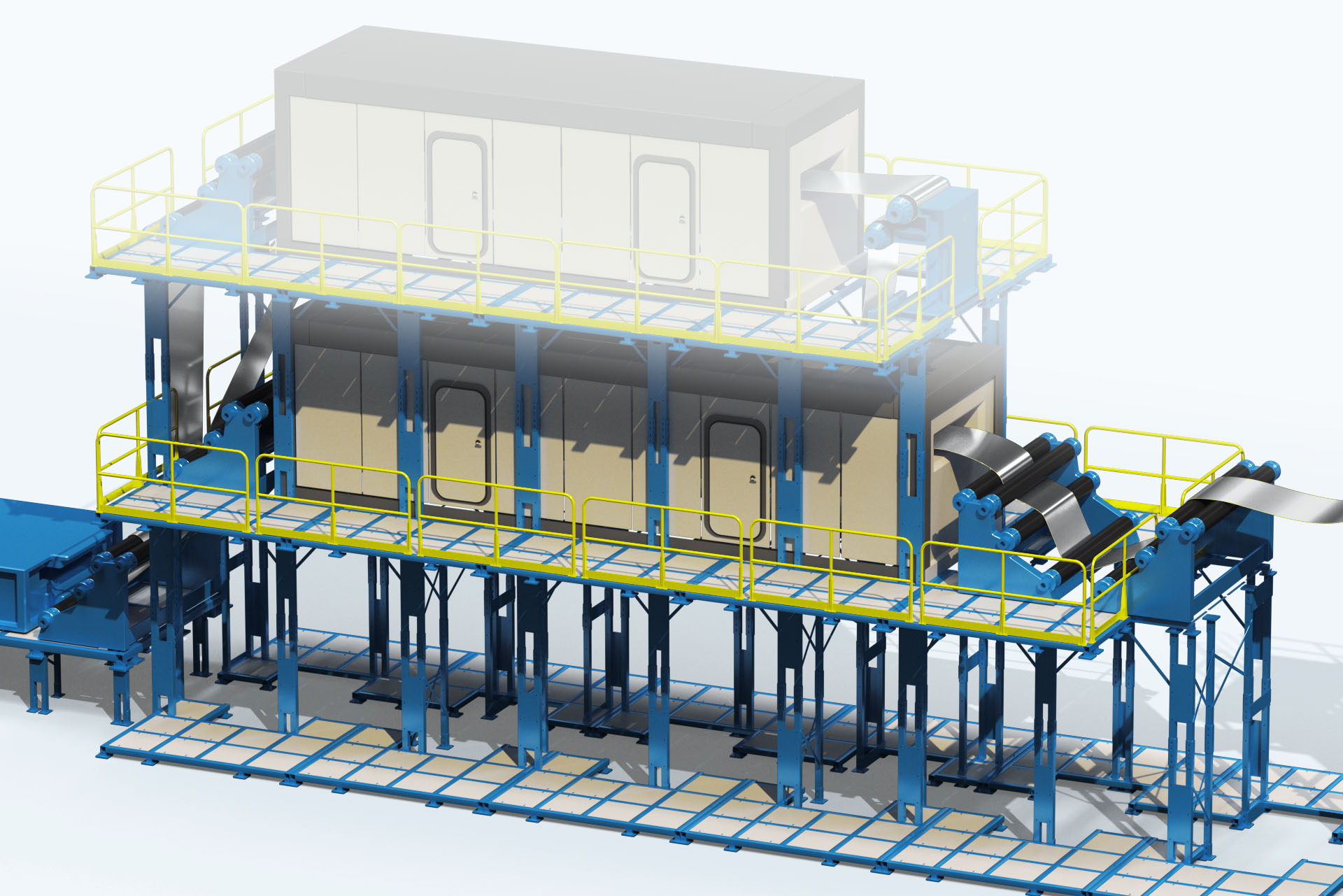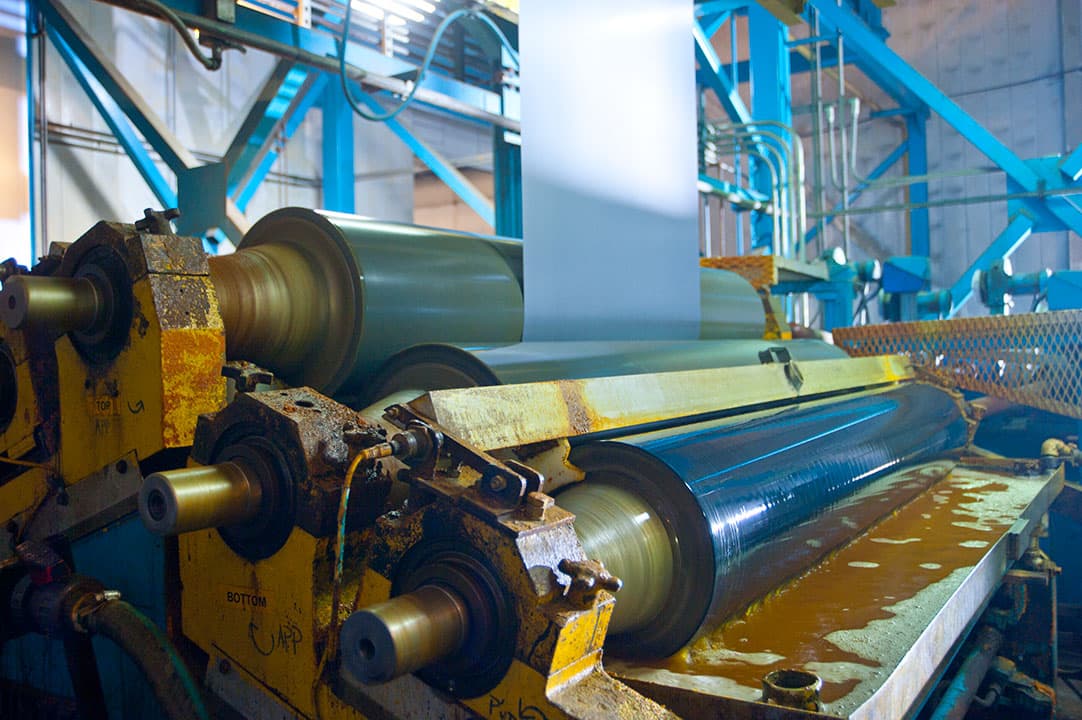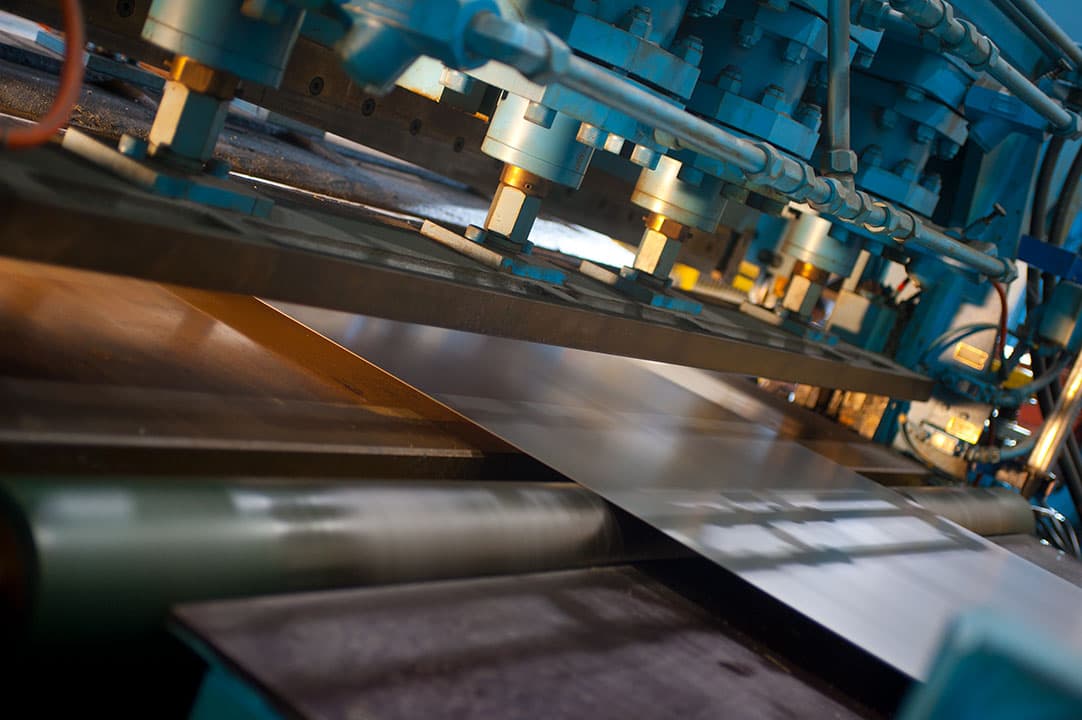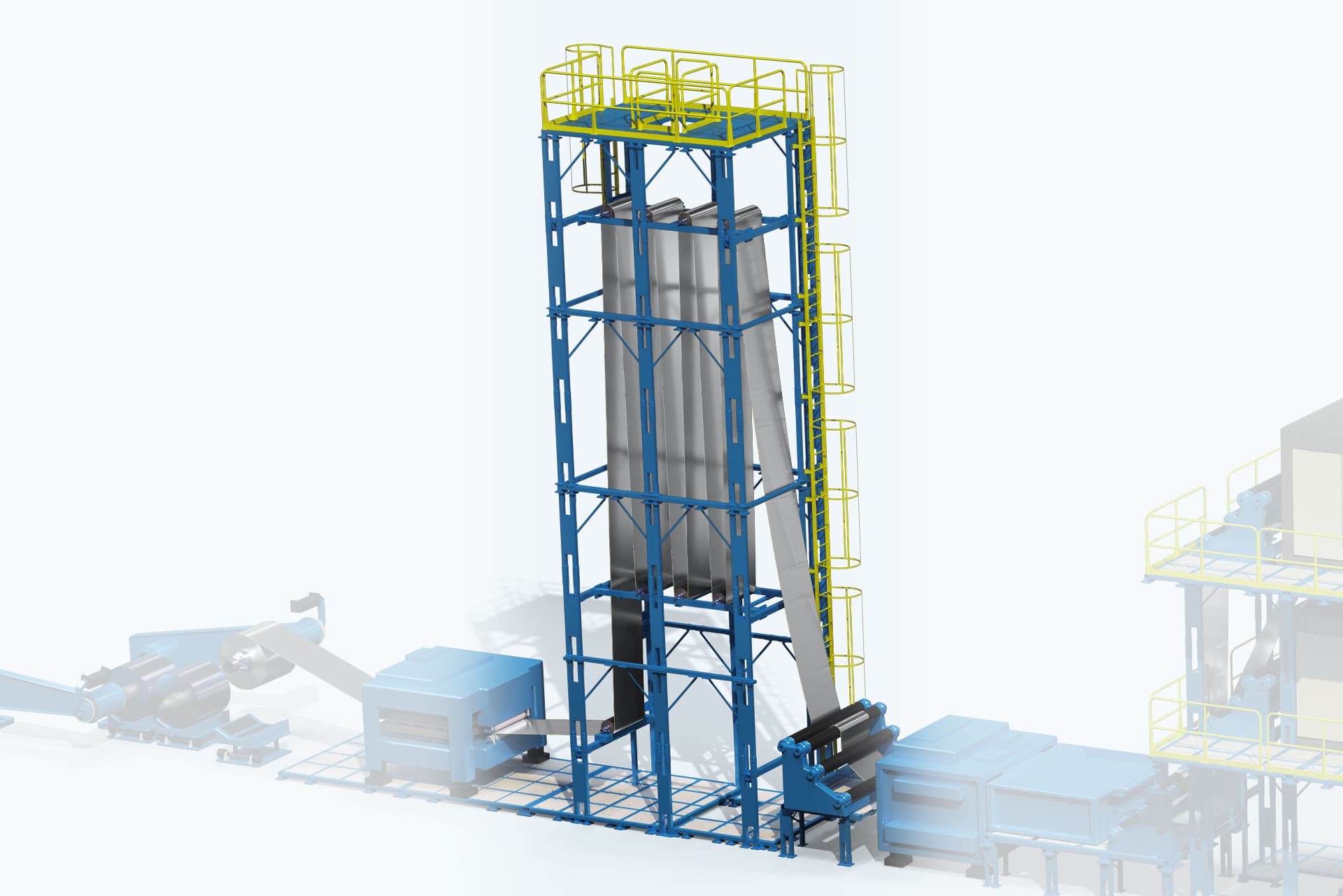By Mike Stroia, AZZ GalvaBar
Galvanized reinforcement, which has a longer history in reinforced concrete than any other technology on the market, witnessed very little change until the introduction of (ASTM A1094) Continuous hot-dip galvanized rebar. Accordingly, research is underway at Texas A&M University National Corrosion and Materials Laboratory to determine the recent innovation’s performance compared to traditional reinforcement solutions.
Researchers have completed phase 2 of testing corrosion performing materials used in reinforced concrete, including Hot-Dip galvanized (ASTM A767), Continuously Hot-Dip Galvanized (ASTM A1094), Epoxy Coated CGR (ASTM A1055), continuously galvanized MMFX (ASTM A1035/ ASTM A1094) and bare steel (ASTM A615).
The study examined durability aspects of these coatings and will observe longevity of concrete reinforced elements (Figure 1).

Figure 1.
The first two phases of the report explore how the baseline galvanized coatings (A767, A1094 and CG A1035) perform. Methodology for each phase is summarized below:
Research Phase 1: Establishing a corrosion baseline
The NACE standard 0290 was used to establish a corrosion baseline rate for bare (615) steel and cathodically (767, 1035, 1094) protected steels (Figure 2). A 100 mV or more negative difference between bare steel and galvanized steels demonstrates the effectiveness in providing sacrificial protection to the reinforcing steel. The three samples identified are all providing comparable sacrificial corrosion protection well below (more negative=better) the cathodic protection limit.

Figure 2.
Research Phase 2: Impedance results of galvanized coatings
A very effective way of measuring corrosion performance of a coating is Electrochemical Impedance Spectroscopy (EIS). EIS measurements provide reliable data, allowing for the prediction of the long-term performance of the coatings (Figure 3). The result of EIS is the impedance of the electrochemical system as a function of frequency. Essentially, impedance testing provides an overall corrosion resistance of a coating system including electrolyte resistance, coating resistance, and charge transfer resistance of the metallic substrate.

Figure 3.
The 30-day testing reveals that the 767 specimens exhibited the lowest impedance values among the galvanized specimens. Results indicate that although this coating provides sacrificial cathodic protection, it is likely that the zinc corrosion products formed as a result of the anodic dissolution of zinc are less protective than the corrosion products formed on the 1094 specimens.
The higher corrosion or dissolution rate on the Zn layer will have less durability in terms of sacrificial protection effect. (i.e. 767 specimen will have a higher corrosion or dissolution rate, and the galvanized layer will have less life expectancy based on the current results). While comparable, it is evident that the consistent thick layer of pure zinc (1094) is providing more protection than a thicker zinc-iron alloy coating structure (767).
Continuous hot-dip galvanized rebar just performs better!
Early findings conclude galvanized rebar has the longest demonstrated life for coated products regardless of what specification is used for the design of concrete reinforced elements. The innovative processing and adaptability of GalvaBar lends itself to other longer life products, including: epoxy coated (ASTM A1055), used for Grade 65 and high strength thread-bar, smooth dowels and all grades of MMFX/ (ASTM A1035).
The test results are extremely positive and it’s clear that zinc protects steel no matter what product is selected for galvanized rebar. With GalvaBar, however, customers also receive the benefit of galvanized rebar that is processed prior to fabrication and the availability of a consistent, high quality product already available in the supply chain.
